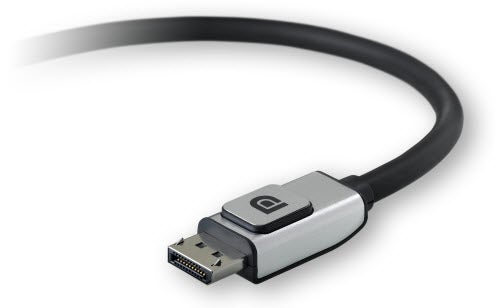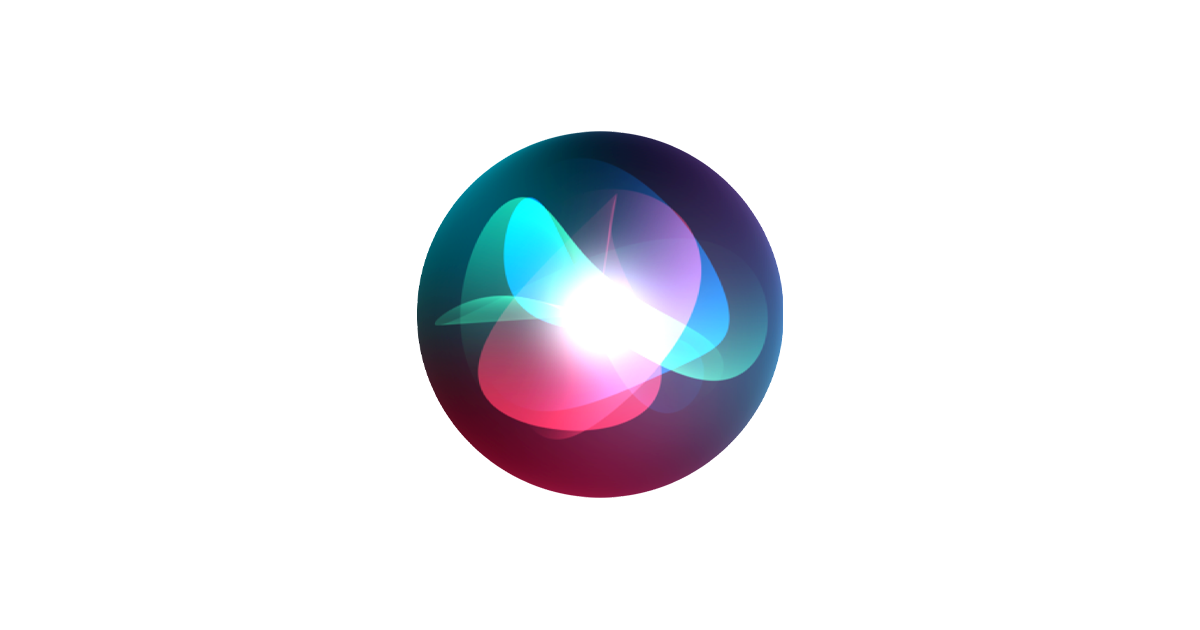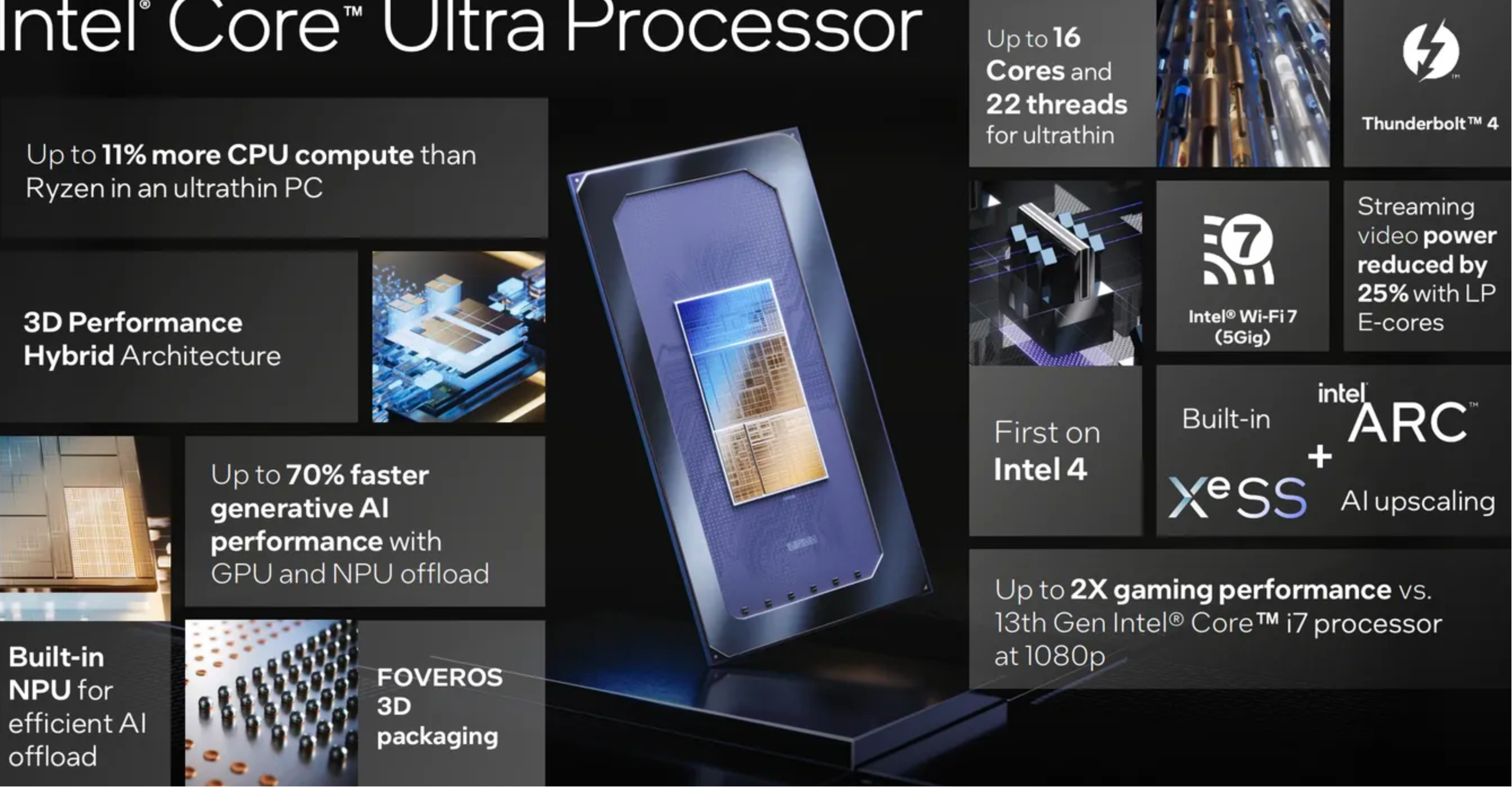What is DisplayPort? The video connector explained

If you’ve been looking to buy a new monitor, then you may have come across the term DisplayPort, but what is this technology?
It can be difficult to know what to look for when you’re buying a new piece of hardware, that’s why we’re here to help.
Read on to find out everything you need to know about DisplayPort technology, including how it works and what it can be used for.
What is DisplayPort?
DisplayPort is a video interface that allows you to connect digital displays, especially computer monitors. This technology was developed in 2006 by the Video Electronics Standards Association, or VESA, with the aim to replace the older standards, VGA (Video Graphics Array) and DVI (Digital Video Interface).
In the same vein as HDMI, DisplayPort can transmit both video and audio data either separately or simultaneously. These ports come in two form factors, with the first featuring 20 pins on an L-shaped connector. The second, Mini DisplayPort, debuted on Apple devices and is less common than the original, larger option, but it still has the same display output function.
What are the benefits of DisplayPort?
DisplayPort has some noticeable benefits over other video standards out there. Firstly, it is an open and royalty-free standard, which means that anyone can implement it on their hardware. It also allows the users to transfer video data up to 17.28Gbps, and can enable video streaming up to 4K at 120Hz through just one cable which is ideal for gamers.
When DisplayPort is combined with a USB-C connector it can charge, dock and data transfer to single-port devices like a mobile phones. Moreover, using VESA’s DSC (Display Stream Compression) users will be able to connect to future 8K displays.
Ultimately, DisplayPort offers up incredible video data transfer speeds over just one cable and with the invention of the DisplayPort to USB-C cable, more platforms are being integrated, meaning that users will be able to connect and dock more devices in the future.
It is ideal for gamers due to how much data can be transferred over one cable, but can easily be used in office and productivity environments too, thanks to how integrated and commonplace it is on larger external monitors.
Which devices support DisplayPort?
DisplayPort is a common interface and is included on a variety of devices including laptops, external monitors, projectors and gaming consoles.
Moreover, graphics cards also can come with DisplayPort technology so gamers can use the advantages of reliable and powerful video and audio transmissions. The next-generation Nvidia RTX 4000 Series comes with DisplayPort 1.4 connectors and the latest AMD Radeon 7000 Series come with DisplayPort 2.1 support, which enables video transmission up to 8K at 165Hz.








